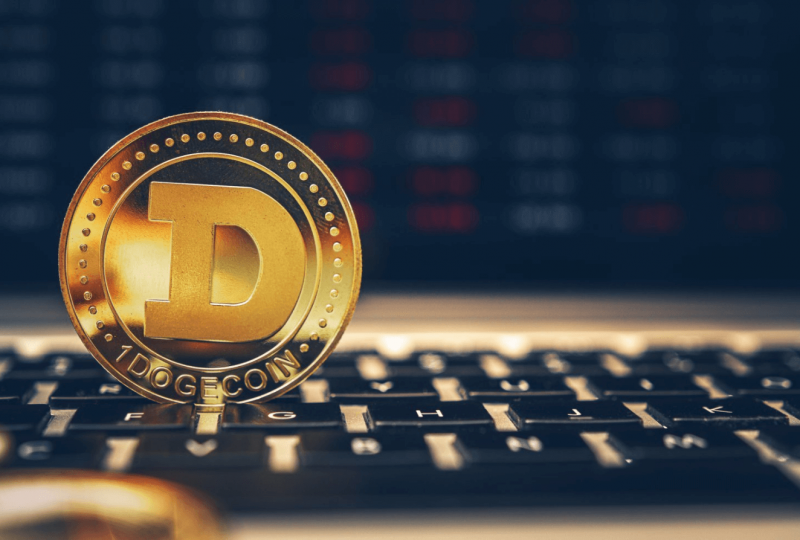Bitcoin Might Fall to $13,000. Miners Could Be to Blame
Jul 14, 2022

Rising energy expenses and declining token values have put pressure on bitcoin miners, but they may finally be getting a reprieve. The issue is that it may lower the price of bitcoin.
At the foundation of the Bitcoin universe, miners use enormous amounts of energy to create the coins and maintain the security and efficiency of blockchain transactions. They are then awarded tokens that they may either keep or sell.
In a bull market, it may be a very lucrative enterprise. In November 2021, when Bitcoin reached a record high of $69,000, miners were giggling. The cryptocurrency market fell eight months later. On Thursday, Bitcoin was worth less than $20,000.
As a result of rising energy costs and the greatest inflation in forty years, the bitcoin mining industry has become significantly more challenging. A far cry from the typical tactic of keeping Bitcoin on the balance sheet during the last bull market, many miners are now selling the majority, if not all, of their tokens to pay operational expenses or to settle their debt.
Crypto mining companies' stock prices have almost completely fallen. This year, the stock price of Argo Blockchain (ARB.U.K.) has dropped more than 60%. Riot Blockchain (RIOT) and Marathon Digital (MARA) have lost about 80% of their value.
The Bitcoin mining community, though, may be adaptive. They appear to be becoming better, or at least more effective.
The JPMorgan analysts led by Nikolaos Panigirtzoglou said in a note on Wednesday that "the struggle for survival among Bitcoin miners has been driving an improvement in mining efficiency and, as a result, a decrease in Bitcoin's production cost."
The bank's team of experts believes that the average cost of producing Bitcoin, which is a crucial variable in the profit margins and token prices for miners, has significantly decreased over the past month. According to the researchers, the cost of mining a single Bitcoin fluctuated between $20,000 at the start of June and $13,000 at the conclusion of the previous month.
According to the researchers, the drop in manufacturing costs is mostly attributable to the use of electricity. They cite data from the Cambridge Bitcoin Electricity Consumption Index, which clearly demonstrates a decline in network demand over the previous 1.5 months.
According to Panigirtzoglou's team, there is "a strong effort by miners to protect their profitability by deploying more efficient mining rigs rather than a mass exodus by less efficient miners" based on the dynamics of power demand and Bitcoin's hash rate, the amount of computational power used in the mining process.
But it isn't all great news.
The drop in the manufacturing cost "may be regarded as bad for the bitcoin price forecast going ahead" even while it "obviously helps miners' profitability and perhaps reduces incentives on miners to sell Bitcoin holdings to create liquidity or for deleveraging."
Why?
Some market players believe that the lowest limit of Bitcoin's price range in a bear market is its manufacturing cost.
Additionally, Bitcoin is in a severe bear market and has recently had its worst quarter since 2011—the year it initially broke the $1 barrier.
However, a decrease to $13,000 would still represent a decline of more than one-third from current pricing.
The intense pressure on digital assets, however, may be ending, despite the fact that the link between cryptocurrencies and equities may keep prices in check.
Cracks in the cryptocurrency sector itself, such as the bankruptcy of the hedge fund Three Arrows Capital and the meltdown of the stablecoin Terra, have made the current decline in prices worse. In an effort to reorganize, the troubled big cryptocurrency lender Celsius Network said on Wednesday that it has filed for Chapter 11 bankruptcy.
According to John Todaro, an analyst at Needham, "We feel the next 3-4 weeks is key for the category since the unwinding in crypto markets has adversely hurt borrow/lending firms in the area."
"We think the probability of contagion decreases significantly as the weeks go on," Todaro added." Furthermore, our data shows that a significant part of leverage has now left the crypto ecosystem."




